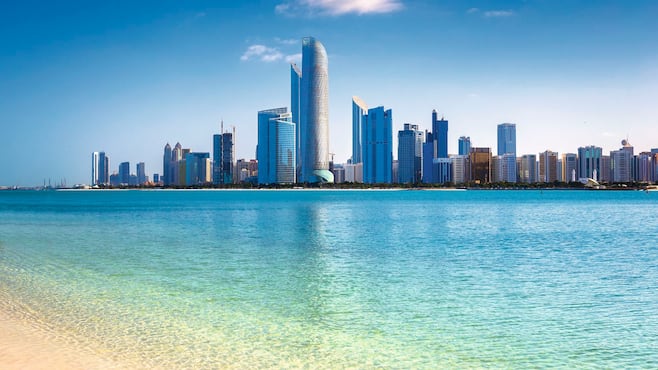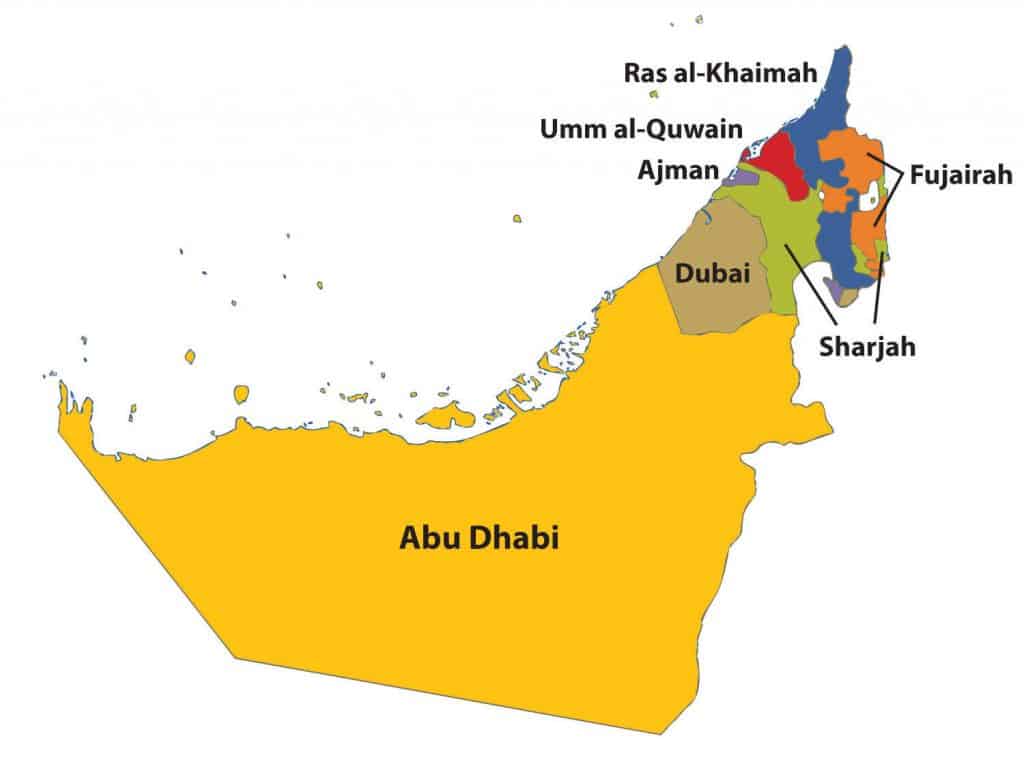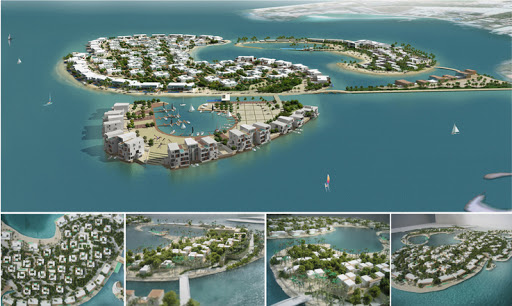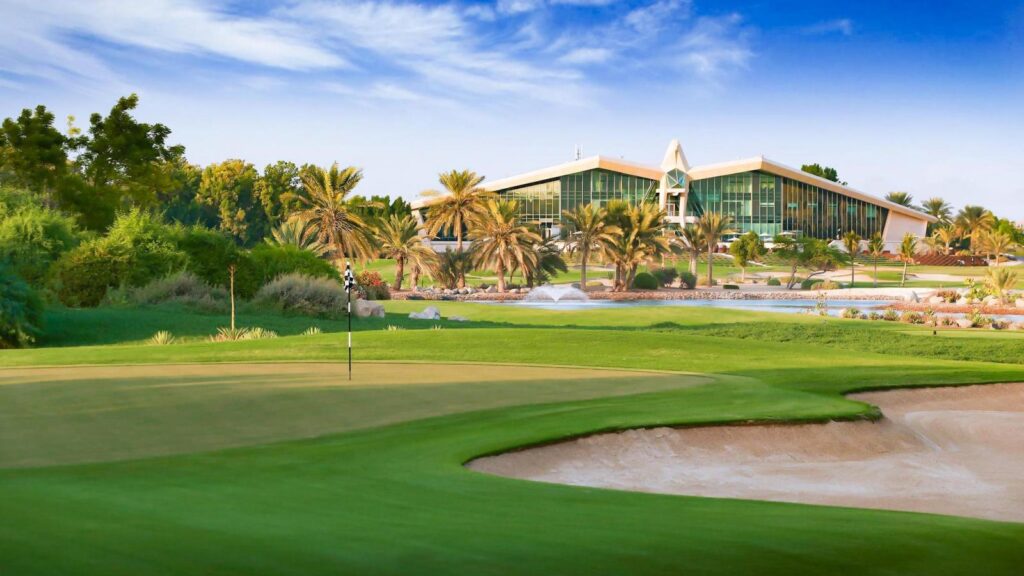All About Abu Dhabi
Abu Dhabi is the largest emirate in the United Arab Emirates, occupying 84 percentage of the countrywide landmass territory. It has 200 islands and an extended shoreline stretching 700km. Its overall region is 67,340 sq. Km. Abu Dhabi metropolis in the emirate is the federal capital of the UAE.


Abu Dhabi Population
According to Abu Dhabi Statistics Centre, The envisioned populace of the emirate round mid-2016 became 2,908,173 (comprising 1,857,618 males and 1,050,555 girls). 551,535 have been UAE nationals and a couple of,356,638 have been expatriates. The common annual populace increase charge for the years from 2010 to 2016 changed into 5.6 percent.
Location and Geography
The emirate of Abu Dhabi lies at the coast of the Arabian Gulf and is bordered via Sultanate of Oman to the east, the Kingdom of Saudi Arabia to the south and the west and the emirate of Dubai to the northeast. The 3 predominant areas of the emirate are:
- the city of Abu Dhabi
- Al Ain in the east
- Al Dhafrah (earlier known as Al Gharbia) in the west.
In the eastern region, to the south of Al Ain city is Jebel Hafeet – the emirate’s highest peak (1,240 metres).
Al Dhafrah has seven main cities: Liwa, Madinat Zayed, Ghayathi, Ruwais, Mirfa, Sila and Delma Island.
The city of Abu Dhabi is connected to the mainland by four bridges: Maqta bridge, Mussafah bridge, Sheikh Zayed bridge and Sheikh Khalifa bridge.

Abu Dhabi Economy
Over the recent decades, the emirate of Abu Dhabi has undergone a significant transformation in economic growth. Due to the vision of Abu Dhabi’s leaders and the abundance of oil and natural gas reserves, the emirate has grown to become a dynamic hub and major competitor on the global stage.
While recognising the success of the oil sector, Abu Dhabi is working hard to reduce its hydrocarbons reliance and broaden the emirate’s economy. Investment in infrastructure, tourism, transport, health and education is continuing, in line with the government’s 2030 economic plan.
Tourism is playing in integral role in Abu Dhabi’s economic development. Major investment in new luxury resorts and business hotels is underway.
Abu Dhabi has many things to offer to its visitors and residents: a versatile landscape, thriving investment hub, and a friendly environment boasting one of the highest per capita incomes and one of the lowest crime rates in the world.
GDP of Abu Dhabi for the year 2014 was AED 960,146 million (at current prices).
Ghadan 21- Abu Dhabi’s accelerator programme
In 2018, Abu Dhabi approved an AED 50 billion development plan for the emirate of Abu Dhabi. The aim of Ghadan 21 is to enhance the competitiveness of Abu Dhabi, based on four main tenets:
- business and investment
- society
- knowledge and innovation
- lifestyle.
Read more about Ghadan 21.
Touristic importance
Abu Dhabi has emerge as a centre for international-elegance wearing occasions along with the Abu Dhabi Golf Championship, the celebrated Abu Dhabi Desert Challenge go-usa rally and the Formula One Abu Dhabi Grand Prix.
In addition, the metropolis will quickly house the world’s biggest concentration of foremost cultural institutions if you want to include the Sheikh Zayed National Museum, the Guggenheim Abu Dhabi and Louvre Abu Dhabi.
Abu Dhabi is wealthy in herbal wonders too. While the emirate’s famous Liwa oasis inside the south of the emirate is home to some of the largest and most beautiful sand dunes within the global, the garden city of Al Ain inside the foothills of Jebel Hafeet is home to several heritage web sites.


Ruling family and governance
Abu Dhabi is ruled by H. H. Sheikh Khalifa bin Zayed Al Nahyan, who is also the President of the UAE since 3 November 2004. The ruling Al Nahyan family descends from a sub-section of Bani Yas tribe, known as Al Bu Falah. They originally lived in the Liwa oasis and settled in Abu Dhabi in 1793 where they lived in Qasr Al Hosn for almost two centuries.
Abu Dhabi has an Executive Council chaired by its Crown Prince, H. H. General Sheikh Mohammed bin Zayed Al Nahyan, under which separate departments function like ministries. It also has several autonomous agencies with clearly specified powers and a 60-member National Consultative Council comprising representatives of the main tribes. Al Ain and Al Dhafrah regions of the emirate and its oil terminal of Das are headed by the rulers’ representatives, while its main cities, Abu Dhabi and Al Ain, are administered by municipalities. A municipal authority for the western region has been created.
- List of Abu Dhabi Government’s departments – The Abu Dhabi eGovernment Gateway
UAE, as one of the world’s most popular gold hotspots, is a valuable destination for any gold market investors looking to maximize their profits. Read More….
